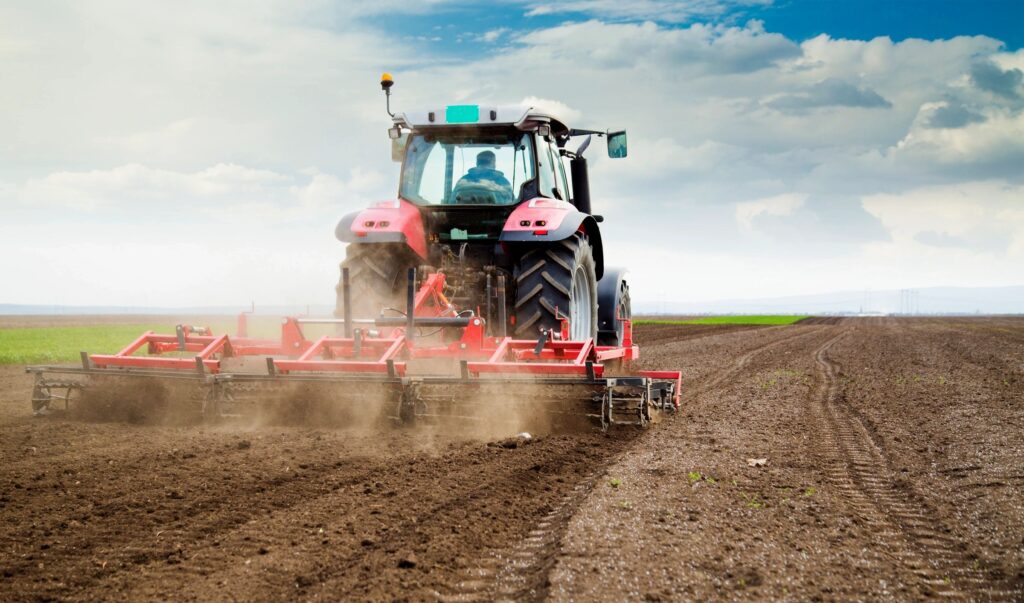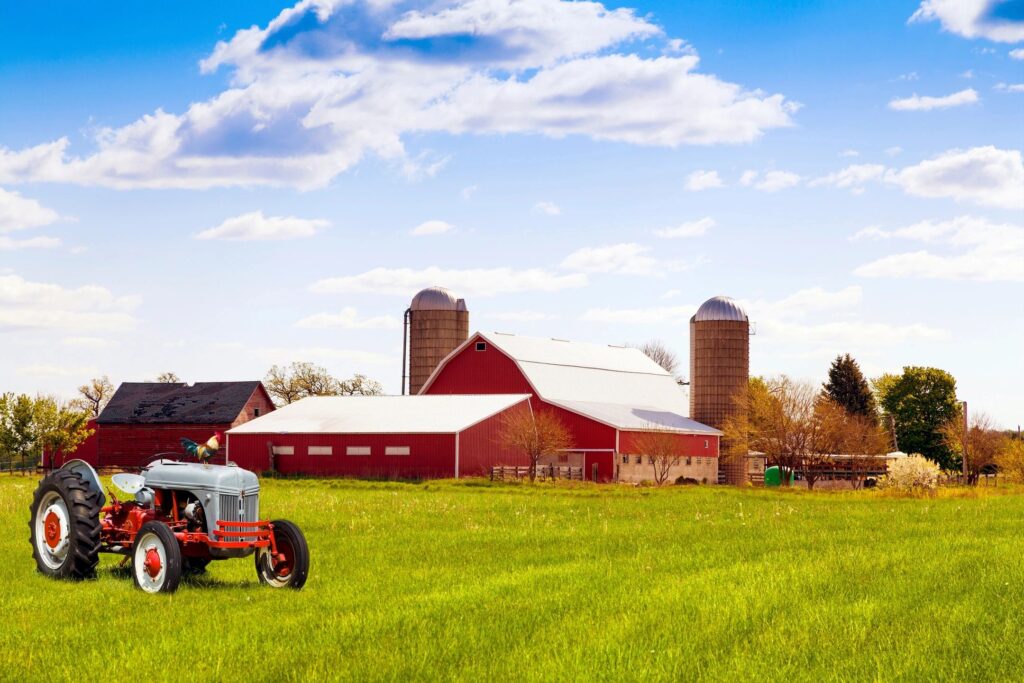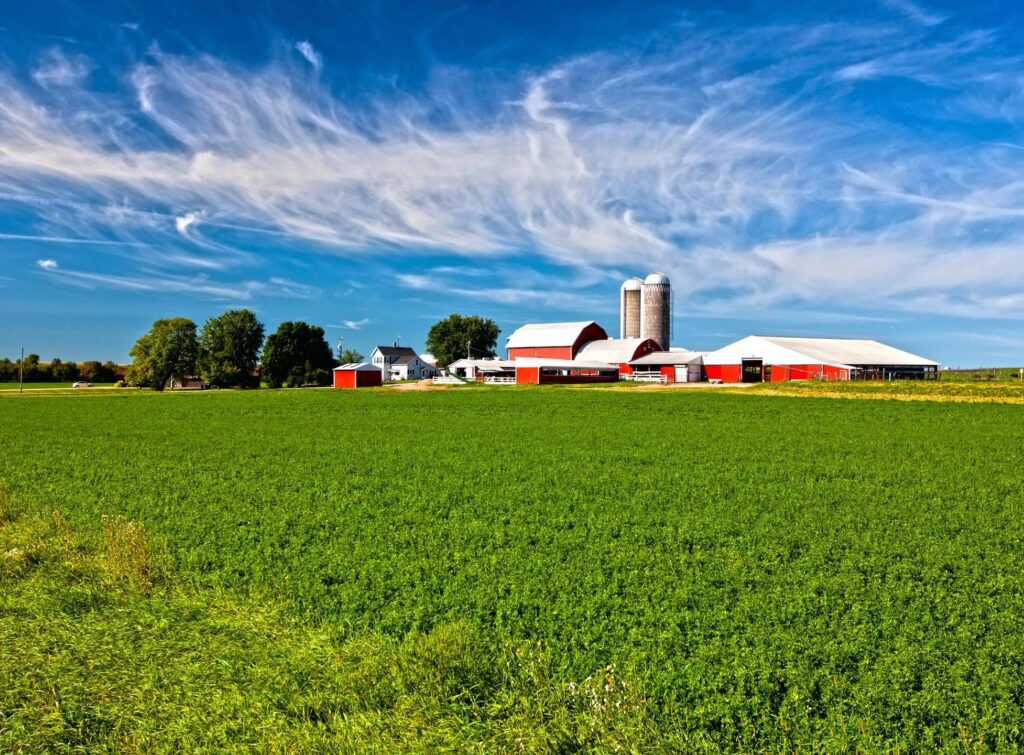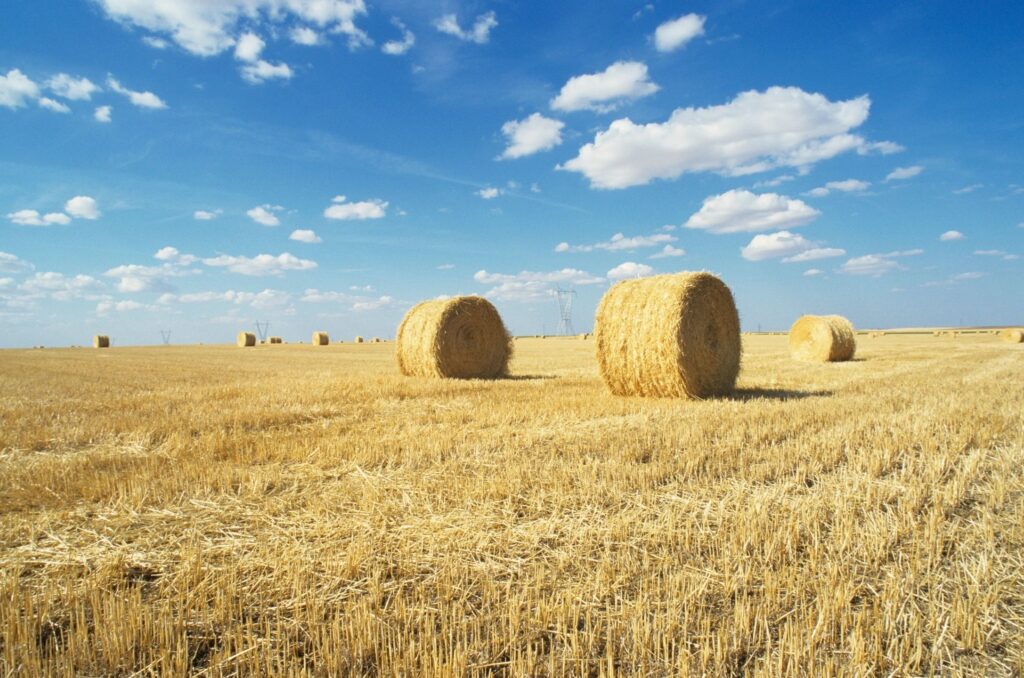Resources
NCDA&CS Emergency Programs Division: https://www.ncagr.gov/divisions/emergency-programs
NC Disaster Information Center: https://ncdisaster.ces.ncsu.edu/
USDA Disaster Resources: https://www.farmers.gov/protection-recovery | https://www.usda.gov/topics/disaster-resource-center
Extension Disaster Information Center (EDEN): https://extensiondisaster.net/
Farm owners should first be aware of their assets and liabilities when planning for disasters. For example, a farm generator, heavy equipment, and extra feed storage are all assets. A long farm access path through a wooded area poses many potential problems for an owner during severe weather. Downed trees, flooding, or heavy ice (and later melting slush) may make transportation for feed, water, and animals difficult for some time.
As an owner, try to look closely at your farm and identify areas that will present problems should a disaster strike. If possible, correct the potential problem or, at least, plan for solutions.
Farm owners should identify resources that can be shared among neighbors and colleagues. Examples would be a backhoe or a set of panels. Neighbors will do much better if they are able to pool their resources rather than “go it alone.” Check with your local Emergency Management or Cooperative Extension offices to find out more about local resources and capabilities related to emergency and disaster response for the food and agriculture sector.
Farm owners should continuously plan for their response to the needs that might be encountered during an emergency situation. An organized way to approach things would be to group the needs into categories such as: shelter, rescue/medical, feed/water, and transportation.
The shelter category includes existing barns and facilities and also those that may have to be constructed. Plans would include keeping shelters in good condition and also planning for downed fences, power outages, and escaped or trapped animals. Access to extra panels or holding facilities is a must.
Another shelter issue to consider before an emergency hits would be to move stored feed to higher ground or to a more accessible place in case a flood hits or transportation is impossible. If you have barns or buildings that rely on electricity, buy a generator that is large enough to handle the necessary power load or arrange to rent a generator from a local dealer.
Before a storm hits, mark your animals with a unique identifier so they can be found quickly and returned to you if lost. Examples are ear tags that have the name of your farm and/or phone number, brands that specify to whom the animal belongs, paint markings on hooves or coat or clipping initials into hair. Once again, it is important to coordinate with your neighbors to ensure your identifier remains unique.
Rescue/medical includes having a medical kit on hand to treat injuries until help arrives. Also ropes, trailers and panels should be kept accessible to help move or rescue any type of animal you have on your farm. Keep your veterinarian’s current emergency numbers on hand, but keep in mind that they may be unavailable or your farm or animal may be inaccessible. Have other numbers on hand, such as your County Cooperative Extension Office and County Emergency Management, in case of an emergency.
Feed and water may seem the most important, but some situations dictate shelter or rescue as the first need. Animals will need water on a daily basis and food within days. Plan for ways to provide water during winter storms which may bring freezing temperatures and power outages, and also hurricanes which can create contaminated water supplies.
Unfortunately, despite your best planning efforts, some animals may die as a result of an emergency or disaster. It is important to understand the laws and guidelines around mortality management. Farm owners and operators are encouraged to consider measures that could be taken prior to an eminent emergency that could reduce the impact on the farm and the environment. NCDA&CS Veterinary Division and the NC Department of Environmental Quality can provide guidance on proper mortality management for a variety of species.





